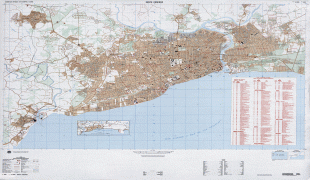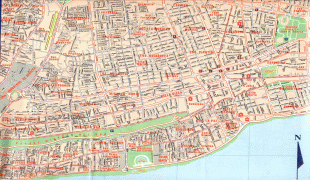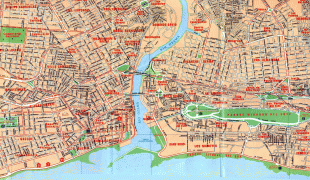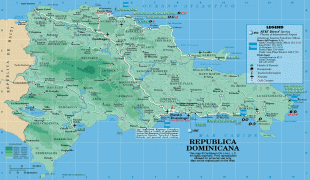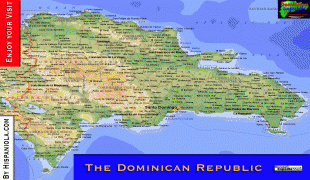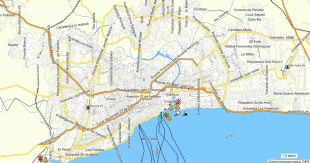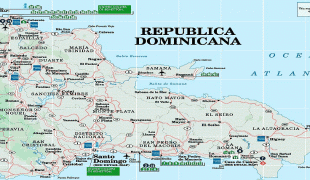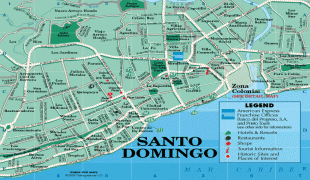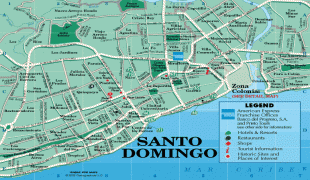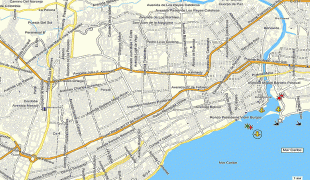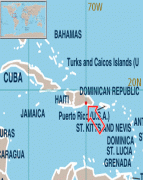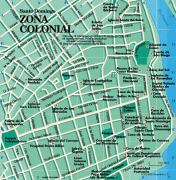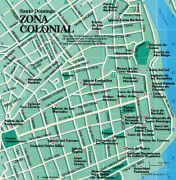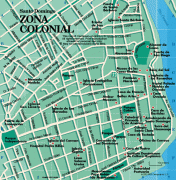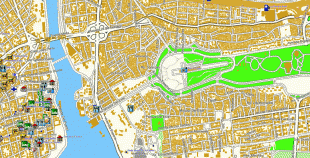Santo Domingo (Santo Domingo)
 |
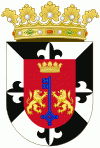 |
Founded by the Spanish in 1496, on the east bank of the Ozama River and then moved by Nicolás de Ovando in 1502 to the west bank of the river, the city is the oldest continuously inhabited European settlement in the Americas, and was the first seat of the Spanish colonial rule in the New World, the Captaincy General of Santo Domingo. It is the site of the first university, cathedral, castle, monastery, and fortress in the New World. The city's Colonial Zone was declared as a World Heritage Site by UNESCO. Santo Domingo was called Ciudad Trujillo, from 1936 to 1961, after the Dominican Republic's dictator, Rafael Trujillo, named the capital after himself. Following his assassination, the city resumed its original designation.
Santo Domingo is the cultural, financial, political, commercial and industrial center of the Dominican Republic, with the vast majority of the country's most important industries being located within the city. Santo Domingo also serves as the chief seaport of the country. The city's harbor at the mouth of the Ozama River accommodates the largest vessels, and the port handles both heavy passenger and freight traffic. Temperatures are high year round, with cooler breezes during winter time.
Prior to the arrival of Christopher Columbus in 1492, the native Taíno people populated the island which they called Quisqueya, Kiskella (mother of all lands) and Ayiti (the land of the high mountains), and which Columbus later named Hispaniola, including the territory of today's Republic of Haiti. At the time, the island's territory consisted of five chiefdoms: Marién, Maguá, Maguana, Jaragua, and Higüey. These were ruled respectively by caciques (chiefs) Guacanagarix, Guarionex, Caonabo, Bohechío, and Cayacoa.
Dating from 1493, when the Spanish settled on the island, and officially from 5 August 1498, Santo Domingo became the oldest European city in the Americas. Bartholomew Columbus founded the settlement and named it La Nueva Isabela, after an earlier settlement in the north named after the Queen of Spain Isabella I. In 1495 it was renamed "Santo Domingo", in honor of Saint Dominic. Santo Domingo came to be known as the "Gateway to the Caribbean" and the chief town in Hispaniola from then on. Expeditions which led to Ponce de León's colonization of Puerto Rico, Diego Velázquez de Cuéllar's colonization of Cuba, Hernando Cortes' conquest of Mexico, and Vasco Núñez de Balboa's sighting of the Pacific Ocean were all launched from Santo Domingo.
In June 1502, Santo Domingo was destroyed by a major hurricane, and the new Governor Nicolás de Ovando had it rebuilt on a different site on the other side of the Ozama River. The original layout of the city and a large portion of its defensive wall can still be appreciated today throughout the Colonial Zone, declared a World Heritage Site by UNESCO.
Diego Columbus, Christopher Columbus' son, arrived in 1509, assuming the powers of Viceroy and admiral. In 1512, Ferdinand established a Real Audiencia with Juan Ortiz de Matienzo, Marcelo de Villalobos, and Lucas Vazquez de Ayllon appointed as judges of appeal. In 1514, Pedro Ibanez de Ibarra arrived with the Laws of Burgos. Rodrigo de Alburquerque was named repartidor de indios and soon named visitadores to enforce the laws.
The first major slave revolt in the Americas occurred in Santo Domingo during 1522, when enslaved Africans led an uprising on Diego Colombus's sugar plantation. In 1586, the privateer Sir Francis Drake captured the city and held it for ransom. A report which reached the English government in May 1586 states that from Santo Domingo he took away 1,200 Englishmen, Frenchmen, Flemings, and "Provincials out of prison, besides 800 of the countrey people". Drake's successful capture signaled the decline of Spain's dominion over Hispaniola, which was accentuated in the early 17th century by Spanish policies that resulted in the depopulation of most of the island outside of the capital. An expedition sent by Oliver Cromwell in 1655 attacked the city of Santo Domingo, but the English force was repulsed by a smaller force of local militias and Santo Domingo suffered only 25 dead. In 1697, the Treaty of Ryswick included the acknowledgement by Spain of France's dominion over the Western third of the island, now Haiti. During the 18th century, privateers from Santo Domingo patrolled the Caribbean, capturing numerous enemy merchantment.
From 1795 to 1822, the city changed hands several times along with the colony it headed. It was ceded to France in 1795. The city was briefly captured by Haitian rebels in 1801, recovered by France in 1802, endured a failed invasion from Haiti in 1805, and was once again reclaimed by Spain in 1809. In 1821, Santo Domingo became the capital of an independent nation called the Republic of Spanish Haiti after the Criollo bourgeois within the country, led by José Núñez de Cáceres, overthrew the Spanish crown. The nation was annexed by Haiti just two months later. The city and the colony lost much of their Spanish-born peninsular population as a result of these events which caused a great deal of instability and unrest.
On 27 February 1844 Santo Domingo was again the capital of a free nation, when it gained its independence from Haiti, led by Dominican nationalist Juan Pablo Duarte. The city was a prize fought over by various political factions over the succeeding decades of instability. In addition, the country had to fight multiple battles with Haiti; the Battle of 19 March, Battle of 30 March, Battle of Las Carreras, and Battle of Beler, are a few of the most prominent encounters, mentioned in the national anthem and with city streets named after them.
Map - Santo Domingo (Santo Domingo)
Map
Country - Dominican_Republic
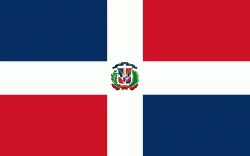 |
 |
| Flag of the Dominican Republic | |
The native Taíno people had inhabited Hispaniola before the arrival of Europeans, dividing it into five chiefdoms. They had constructed an advanced farming and hunting society, and were in the process of becoming an organized civilization. The Taínos also inhabited Cuba, Jamaica, Puerto Rico, and the Bahamas. The Genoese mariner Christopher Columbus explored and claimed the island for Castile, landing there on his first voyage in 1492. The colony of Santo Domingo became the site of the first permanent European settlement in the Americas and the first seat of Spanish colonial rule in the New World. It would also become the site to introduce importations of enslaved Africans to the Americas. In 1697, Spain recognized French dominion over the western third of the island, which became the independent state of Haiti in 1804.
Currency / Language
| ISO | Currency | Symbol | Significant figures |
|---|---|---|---|
| DOP | Dominican peso | $ | 2 |
| ISO | Language |
|---|---|
| ES | Spanish language |






